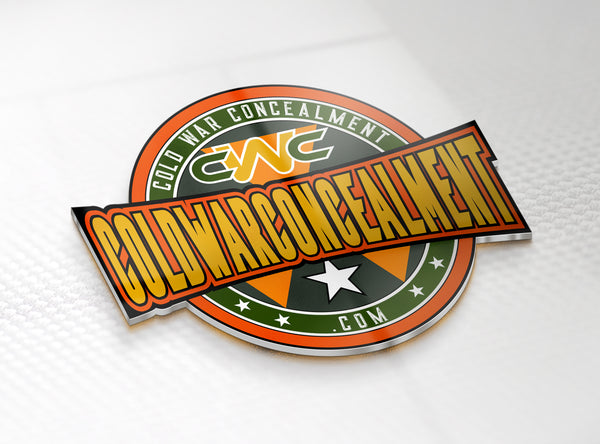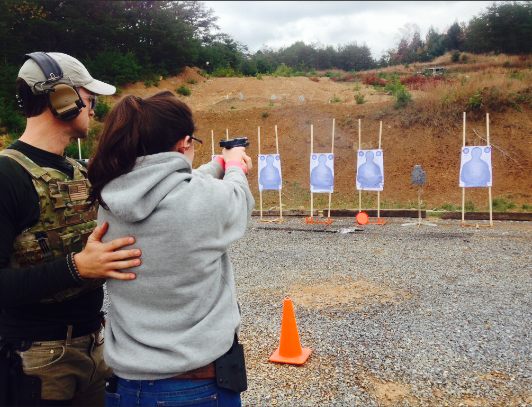Attending your first gun class is an exciting and educational experience. While the specifics may vary depending on the type of class and instructor, here's what you can generally expect:
-
Introduction and Orientation: The class will likely start with an introduction and orientation session. The instructor will provide an overview of the class agenda, safety protocols, and any necessary paperwork. This is an opportunity for participants to introduce themselves and ask any initial questions.
-
Safety Briefing: Safety is paramount in any gun class. The instructor will conduct a comprehensive safety briefing, covering topics such as safe firearm handling, range rules, proper grip, trigger control, and muzzle awareness. They will emphasize the importance of following safety protocols at all times.
-
Fundamentals of Shooting: You can expect to learn or review the fundamental principles of shooting. This includes topics like proper stance, sight alignment, sight picture, breath control, and trigger manipulation. The instructor will guide you through these elements, providing demonstrations and hands-on practice opportunities.
-
Live Fire Exercises: Most gun classes involve live fire exercises on a designated shooting range. This is where you will have the opportunity to apply what you've learned under the guidance of the instructor. The instructor will provide individualized attention, helping you with proper technique, aiming, and shooting accuracy.
-
Classroom Instruction: Depending on the class, there may be classroom sessions that cover topics such as firearm maintenance, legal considerations, situational awareness, and self-defense principles. These sessions provide valuable information and help develop a well-rounded understanding of responsible firearm ownership and use.
-
Skill Development and Drills: The class may include skill development exercises and drills to enhance your shooting abilities. These exercises can involve shooting from different positions, engaging multiple targets, and shooting under time constraints. They are designed to challenge and improve your marksmanship skills.
-
Q&A and Discussion: Throughout the class, there will be opportunities for questions and discussions. Take advantage of these moments to seek clarification, share experiences, and learn from both the instructor and other participants. Active participation contributes to a richer learning experience.
-
Certification or Evaluation (if applicable): Some gun classes may involve a certification process or evaluation to assess your proficiency. This is common in classes related to concealed carry permits or advanced shooting skills. The instructor will provide guidance on the specific requirements and expectations for certification or evaluation.
-
Continued Learning and Practice: At the end of the class, the instructor may offer recommendations for further learning and practice. They may suggest additional training resources, shooting drills, or classes that can help you continue to develop your skills and knowledge.
Remember, every gun class is designed to provide education, promote safety, and enhance shooting proficiency. Approach the class with an open mind, be receptive to instruction, and actively engage in the learning process. By doing so, you'll gain valuable knowledge and skills to become a responsible and confident firearm owner. Be safe and have fun!

